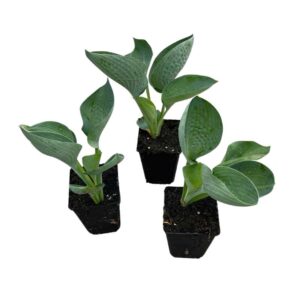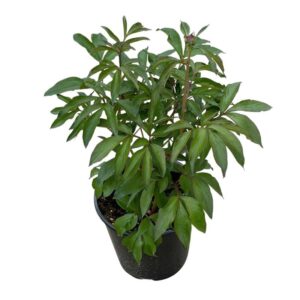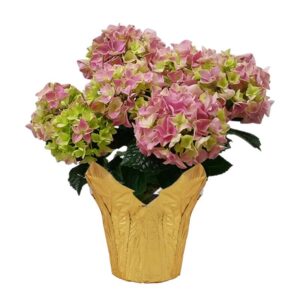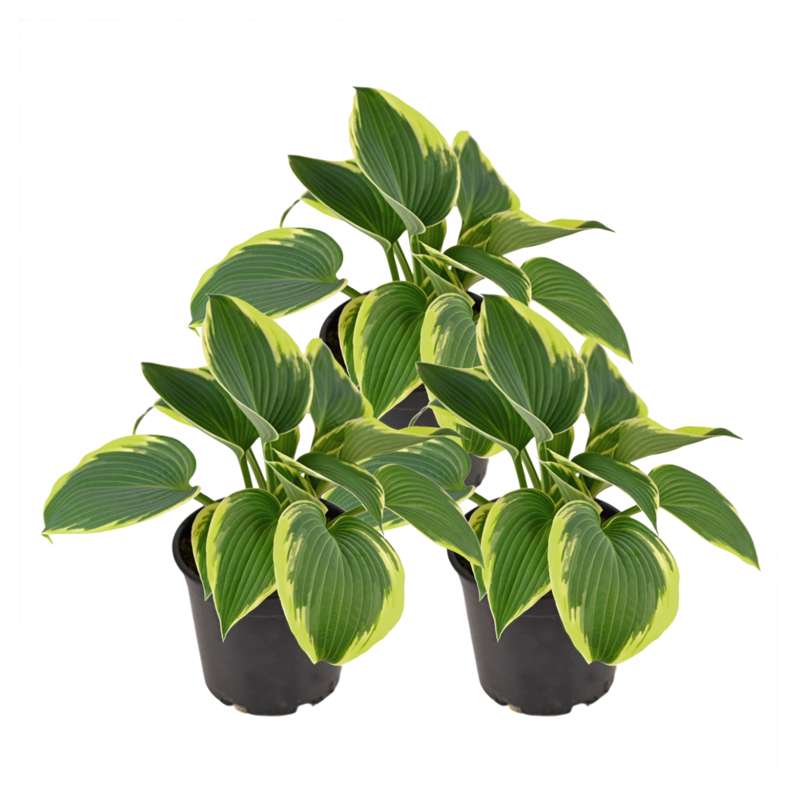








$24.99
Hostas are a beautiful perennial plant with large, thick leaves that will add dimension to your space. They look great lining a pathway or in a garden bed.
Availability:
Pack Size:
Color:
Hostas are a beautiful perennial plant with large, thick leaves that will add dimension to your space. They look great lining a pathway or in a garden bed.
SHADE PLANTS:
Queen Josephine hostas have thick green leaves with creamy white margins.
GROWTH:
This hosta will grow to be about 16 inches tall, with a spread of about 36 inches.
CARE:
All hostas need some shade and few, if any, will do well in strong direct sunlight. Water regularly. They will fully mature in four to eight years. For the best care of hostas, plant them in rich organic soil with a slightly acidic pH.
FUN FACT:
Hosta, also known as plantain lily, is a genus of about 40 plants native to Eastern Asia.
LIVE PLANTS:
Our plants are grown exclusively for Deep Roots and The Three Company, shipped fresh directly from our greenhouse to you!
Amazing Plant Shape:
The Hosta is a beautiful plant with tremendous leaves and fine, sligthly scenting flowers on a long flower stem. The Hosta covers quite some space with its leaves, which is good for preventing weeds.
Hosta, A plant that is simply beautiful
Hostas are low-growing, clump-forming perennial plants with lovely foliage, with hundreds of varieties available in a wide range. There are so many sizes, heights, textures, and colors! Plus, they work in many kinds of gardens (patio, border, container, rock).
Basics:
| Zones | 3-9 |
| Flowering season(s) | Summer |
| Sunlight | Partial Shade |
| Soil type | Well draining soil |
| Height/Spread | 10" Tall by 6" Wide in 1 Qt Pot |
| Flower Color | Green,Yellow |
| Bloom Time |
The United States Department of Agriculture (USDA) has devised a system to provide gardeners with a basic guide to plant hardiness – how much winter cold a plant can withstand. The Hardiness Zone Map system divides the United States and Canada into numbered zones based on lowest average winter temperature. Even within a zone, different micro-climates exist, such as large urban areas which may be warmer or land situated at different elevations.
How Hardy Are These Plants?: Zones 3-9
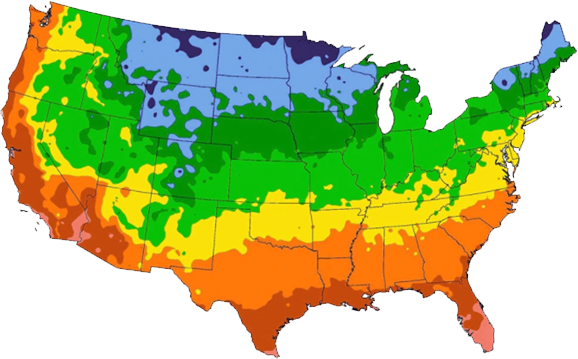
| ZONE | AVERAGE COLDEST TEMPS |
|---|---|
| 1 | below -50 °F |
| 2 | -50 °F to -40 °F |
| 3 | -40 °F to -30 °F |
| 4 | -30 °F to -20 °F |
| 5 | -20 °F to -10 °F |
| 6 | -10 °F to 0 °F |
| 7 | 0 °F to 10 °F |
| 8 | 10 °F to 20 °F |
| 9 | 20 °F to 30 °F |
| 10 | 30 °F to 40 °F |
| 11 | above 40 °F |

